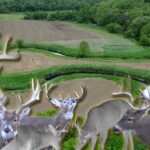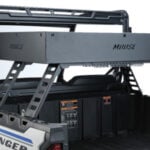Every year, thousands of hunters flock to the Midwest with the hopes of wrapping their tag around the leg or antler of a truly big whitetail buck. They come from literally all over; the east coast, west, and south – all with the same high expectations and dreams. But what is it about the Midwest that makes hunters drive – and spend – thousands for a five-day hunt? It’s all about the bone. What then, makes the Midwest so much better than the rest of the U.S. when it comes to upper-end buck potential? You’re about to find out.
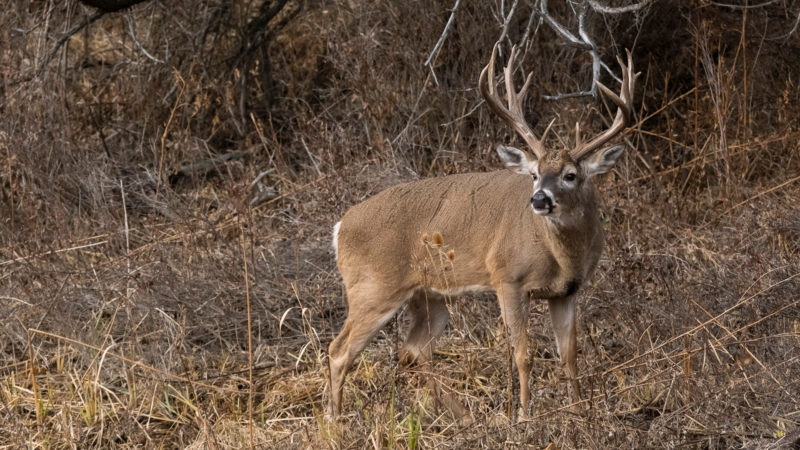
Gun Seasons
Let’s start with the most obvious. In general, firearm seasons in the Midwest run much later, and shorter, than in many parts of the country. With the exception of Indiana, the gun seasons in most Midwestern states is brief, lasting merely a few days, or spit into a couple of different short seasons, each lasting only a few days.
Gun seasons in most Midwestern states also fall later in the season as well, well after the peak of the rut has taken place, again with Indiana being an exception. The gun season there usually opens up while the rut is still kickin’. The saving grace here for Indiana may be that hunters are only allowed one buck per season. Since implementation of Indiana’s one buck rule years ago, many hunters began holding out for a nice buck, rather than shooting a small buck right off the bat and waiting on a better one to fill their second tag.
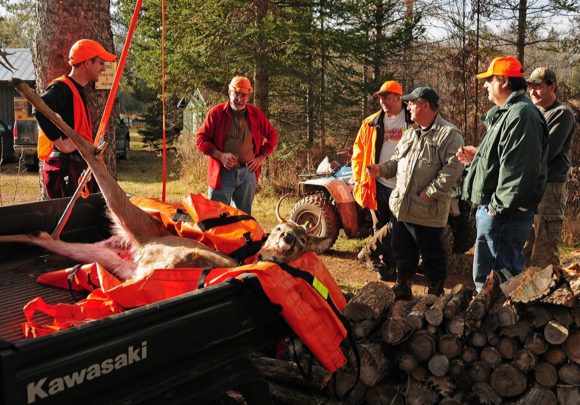
The muzzleloader seasons also fall well into December – or even January – in the Midwest, meaning that in some Midwestern states, only bowhunting takes place until after the rut has ended.
It is also safe to surmise the fact that high-powered rifles were always a no-no in the Midwest, meaning even during the firearms season, shots were still kept relatively short. But that all changed in a couple of states (Indiana and Illinois) in recent years, yet the trophy buck potential has not gone down. So, what else is there? Illinois just allowed Center-fire rifles beginning in 2023, and they must be a single-shot. Indiana has opened the flood-gates, allowing any rifle to be legal.
Limited Access
Unless you are a resident, drawing a tag in Kansas or Iowa can take years. It’s been no secret that this likely plays a role in these two states churning out monster bucks over the years as well.
In Illinois, resident or not, you still have to apply and be drawn to hunt during one of the two short gun seasons there. Yep, one of the two. Firearms hunters must choose one of the two seasons they wish to hunt.
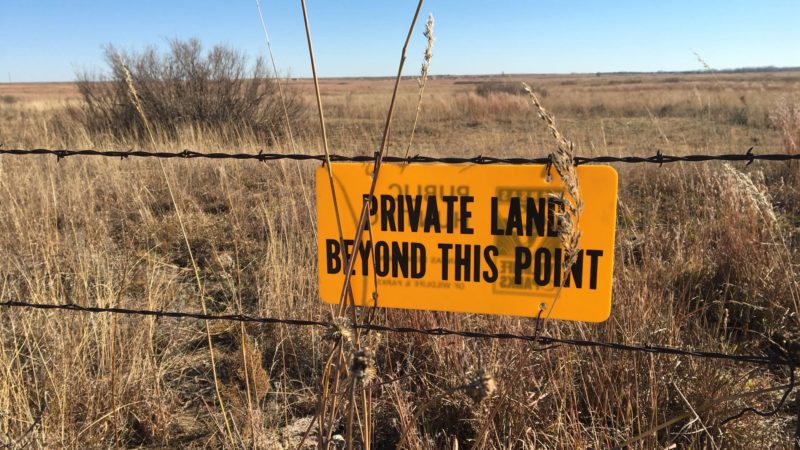
The Lay of the Land
I have always said that hunting in the Midwest is different. It can be a curse and a blessing, depending on where and how you hunt it and how well you can adapt and try different things.
For the most part, it is relatively flat land chopped up into woodlots, scattered with creek bottoms, ditches, and thickets. Other than the areas of southern Ohio, Illinois, and Indiana, a big chunk of this region is farmland dotted with woodlots. This means a few things; deer can easily see danger approaching, meaning they can be long gone before you even had a clue they were around. The walk into your stand in some areas can end your hunt before it starts if you’re not careful.
But it also means that deer are much more visible and patternable for hunters. Unlike heavily wooded or hilly/mountainous areas, patterning deer from the cab of your truck is totally doable, allowing you to learn their habits and put together a game plan without being intrusive into their lair.
In many areas of the Midwest, deer simply don’t have thousands of acres of timber to roam. This means that once you find a good spot, you’re chances of seeing a good buck are higher.
Another interesting trait of Midwestern deer is that they love to use ditches. In the more open, prairie-like areas of the Midwest, ditches connect tiny woodlots, and the deer know full-well that traveling in the bottoms of these ditches provides ample cover while remaining unseen from prying eyes. Ditches are tough to hang a stand on, usually offering little in the way of trees or cover. But where these ditches connect woodlots can be prime.
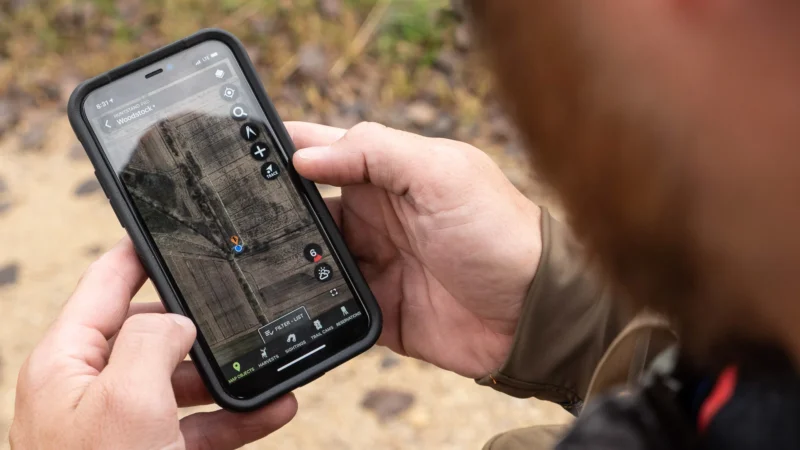
There's Something in the Water
Another possible factor in the trophy potential of Midwestern deer could also lie in the soil. While it is a stretch to say this, and would be nearly impossible to prove, it is a thought that I know has run through some peoples’ minds.
Are the same nutrients that make such fertile crops fields also a contributor to big buck potential? Who knows, but they could be. The Midwest is home to numerous limestone quarries, so maybe the presence of such minerals does play a small part in it.
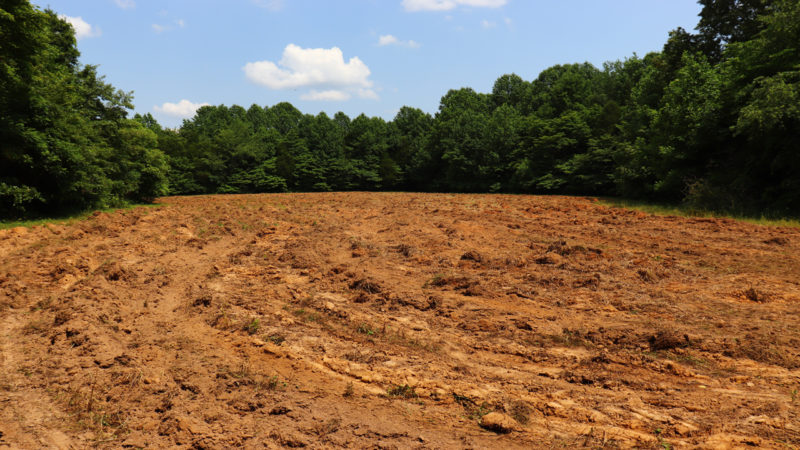
Mindset
Lastly, just maybe the reason for bigger deer in Midwestern states could simply be the mindset of those who hunt here.
The Midwest is home to some of the best deer hunters. Sure, you say, it is because they have big bucks, so it’s easy to kill big deer where they live. While that may be true to a point, I promise you there are plenty of hunters living there who do not kill big deer. By and large though, Midwesterners just have a different mindset when it comes to deer hunting. The more serious hunters are okay with not killing a buck. They would rather hold out for a mature deer, and are just fine not filling a buck tag to do so.
Conclusion
So while pin-pointing an exact reason as to why the Midwest keeps cranking out record book bucks may not be easy, or even possible, it is hard to ignore that the shorter, later gun seasons certainly don’t hurt. I personally think that, along with the lay of the land and the possibility of patterning mature bucks, are the two biggest factors, but there is no doubt that all of the other things mentioned here play a role in it as well.

 By
By 

